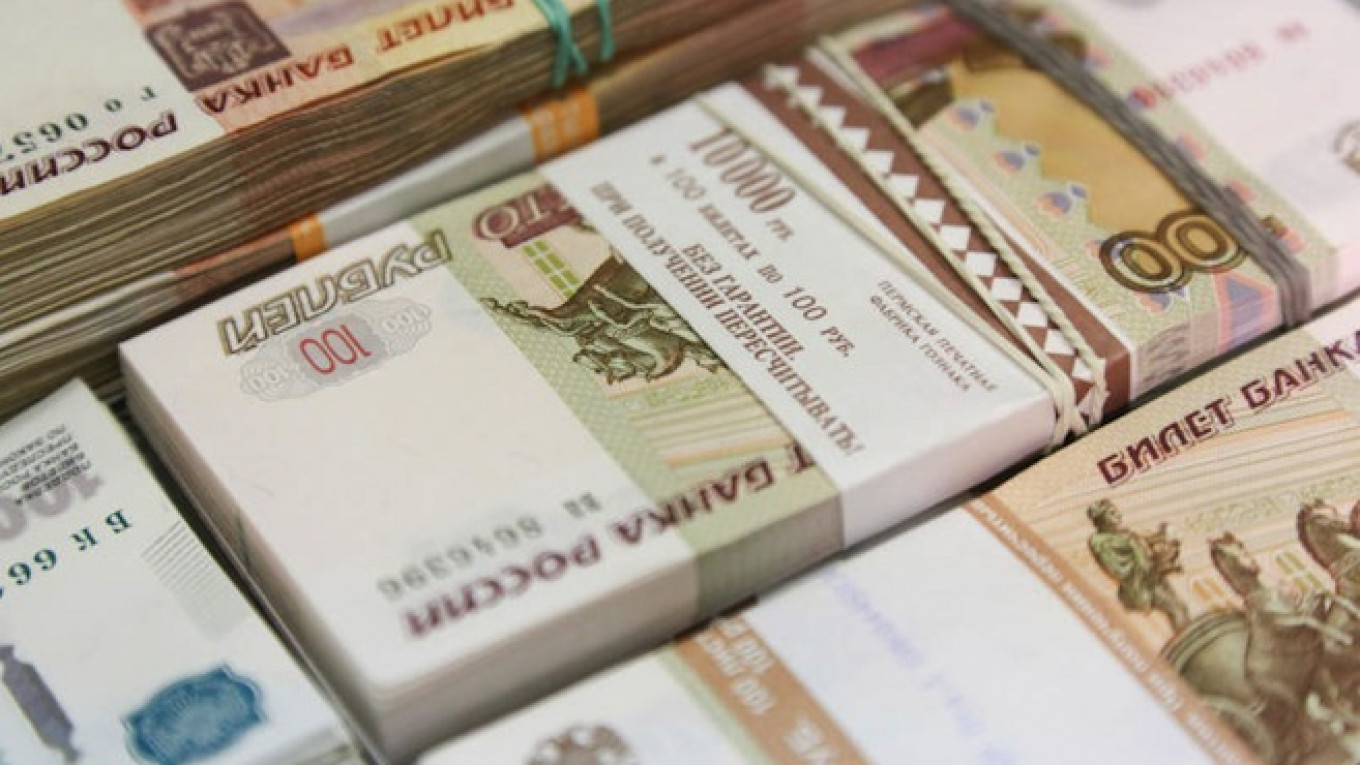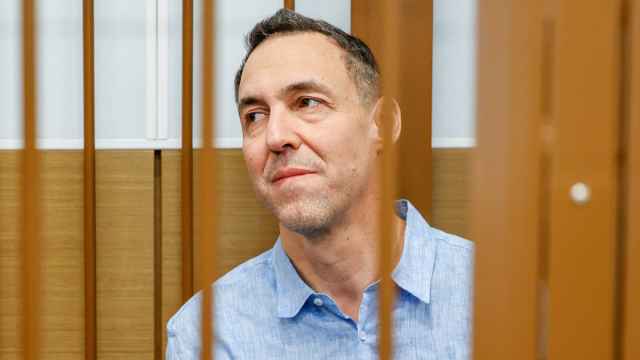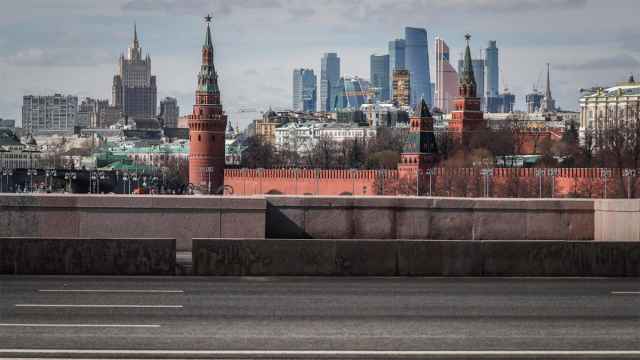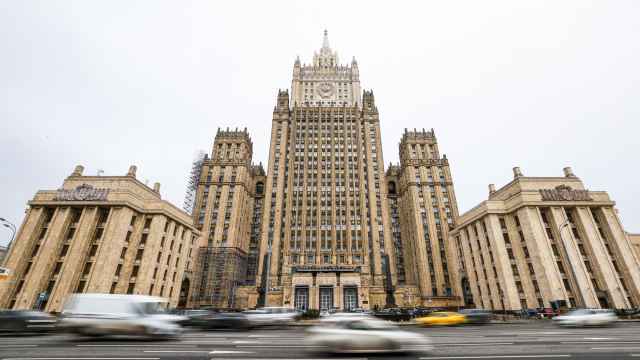The Central Bank said Thursday it had cut the size of the interventions it carries out to support the ruble, signaling a return to its strategy of allowing the ruble to float more freely.
The move reflects an easing of market turmoil linked to fears of Russian intervention in Ukraine and Russia's annexation of Crimea in March.
On Thursday, the Central Bank announced it had reduced the size of its daily interventions by $100 million for intervention ranges within the ruble's floating corridor.
The bank said the change was made in order to increase the flexibility of the ruble in preparation for an inflation targeting regime.
Previously the bank had spent $400 million a day when the ruble was trading within 95 kopecks ($0.028) of the upper edge of the top range of the corridor, or $200 million when it was trading in a range of one ruble below that.
These amounts will now be reduced to $300 million and $100 million, respectively.
The corridor is seven rubles wide and currently stretches from 36.40 to 43.40 rubles against the basket. The ruble is now trading near the middle of the corridor where the Central Bank carries out no interventions.
The bank aims to adopt inflation targeting from the start of next year, a policy framework that envisages allowing the ruble to float, while controlling interest rates more tightly.
However, this strategy received a setback in March, when the Central Bank introduced measures to control the ruble more tightly, reacting to a sharp sell-off provoked by the crisis in Ukraine.
One of the steps introduced in March was to increase the size of accumulated interventions, needed to provoke a shift in the floating corridor, from $350 million to $1.5 billion, making such shifts much less frequent.
In its statement released Thursday, the Central Bank said the $1.5 billion threshold would remain in place for now.
This means that although the ruble will now become more flexible within its corridor, the corridor itself is not being made more flexible. The Central Bank carries out unlimited interventions when the ruble is at the edge of the corridor.
The ruble strengthened slightly after the Central Bank announcement before falling back.
The ruble has gained some 3 percent during May, as markets react positively to an easing in international tensions around Ukraine, giving the Central Bank more scope to resume its policy of gradually withdrawing support for the currency.
A Message from The Moscow Times:
Dear readers,
We are facing unprecedented challenges. Russia's Prosecutor General's Office has designated The Moscow Times as an "undesirable" organization, criminalizing our work and putting our staff at risk of prosecution. This follows our earlier unjust labeling as a "foreign agent."
These actions are direct attempts to silence independent journalism in Russia. The authorities claim our work "discredits the decisions of the Russian leadership." We see things differently: we strive to provide accurate, unbiased reporting on Russia.
We, the journalists of The Moscow Times, refuse to be silenced. But to continue our work, we need your help.
Your support, no matter how small, makes a world of difference. If you can, please support us monthly starting from just $2. It's quick to set up, and every contribution makes a significant impact.
By supporting The Moscow Times, you're defending open, independent journalism in the face of repression. Thank you for standing with us.
Remind me later.






